Wireless charging seems like a futuristic marvel, but it’s grounded in science—and magnets play a starring role. I used to avoid wireless chargers, but I was frustrated by their slow speeds, inconsistent performance, and tendency to overheat. Nothing was worse than placing my phone on a charger at night and waking up to a dead battery. Sound familiar? Then I tried a magnetic wireless charger that snapped into place with a satisfying click, and it hit me: magnets aren’t just a supporting act—they’re the key to making wireless charging reliable and efficient.

This post will explore how magnets enable wireless charging, from ensuring perfect alignment to boosting safety and efficiency. We’ll break down the science, highlight innovative designs, and look at real-world applications, all in a way that’s easy to follow and engaging for tech enthusiasts and casual readers alike.

The Frustration of Wireless Charging
Let’s be honest: early wireless chargers were a hassle. You’d place your phone on the pad, hoping it was in the right spot, only to find it hadn’t charged. Misalignment was the culprit, causing energy loss, heat buildup, and sluggish charging. This is where magnets come in, turning a clunky experience into a seamless one by ensuring your device stays perfectly positioned.
How Magnets Save the Day
Magnets in wireless chargers do more than hold your phone in place. They’re precision-engineered to:
• Align Coils Perfectly: Magnets ensure the charging coils in your device and charger line up exactly, maximizing energy transfer.
• Boost Efficiency: Proper alignment reduces energy waste, speeds up charging, and minimizes heat.
• Enhance Safety: Magnets keep your device secure by preventing slippage, even on a bumpy car ride.
Think of magnets as the stage manager of a play: they don’t steal the spotlight, but they make sure the leading actors—your charger and device—deliver a flawless performance.
The Science Behind Wireless Charging
Wireless charging relies on electromagnetic induction, a concept you might recall from high school physics. Here’s how it works:
1. Transmitter Coil: The charger’s coil generates an alternating magnetic field when powered by a high-frequency current (typically 100–300 kHz).
2. Receiver Coil: Your phone’s coil captures this magnetic field, inducing an electric current.
3. Power Conversion: The induced current is converted from AC to DC and regulated to charge the battery.
It’s like a wireless transformer, with the magnetic field as an invisible bridge to transfer energy. But there’s a catch: the coils must be precisely aligned. A misalignment of just a few millimeters can slash efficiency, turning energy into heat instead of power. Magnets solve this problem by snapping the coils into perfect alignment.
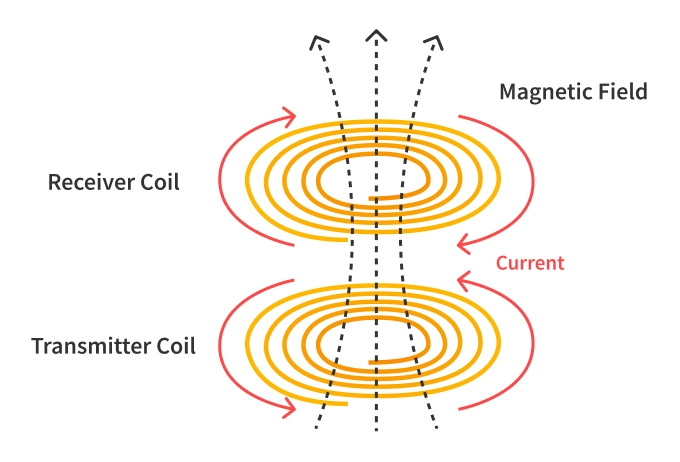
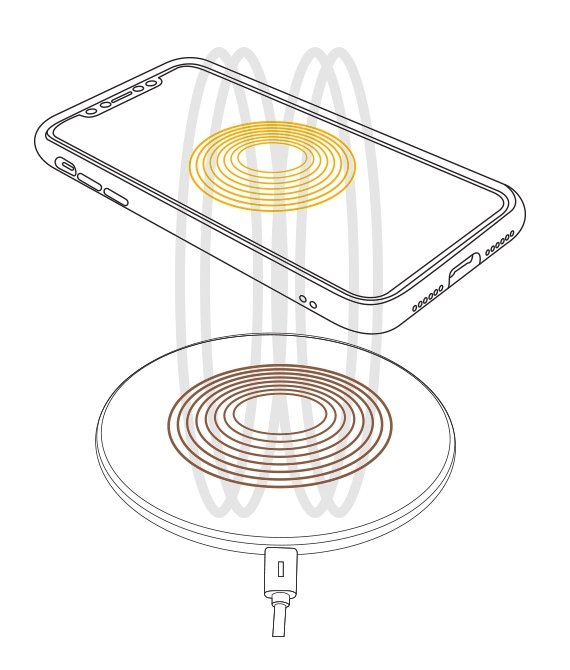
Magnets: The Hidden Heroes
Neodymium Magnets in Action
Most wireless chargers use neodymium-iron-boron (NdFeB) magnets, which are known for their incredible strength. These magnets, often graded N52 or N52H, offer:
• Powerful Attraction: They hold devices firmly in place, even through phone cases.
• Compact Size: Their strength allows for thin, lightweight designs that fit into sleek devices.
• Durability: High-grade neodymium resists demagnetization, ensuring long-term reliability.
For example, Apple’s MagSafe system uses a ring of neodymium magnets to create a secure, user-friendly charging experience. These magnets are carefully arranged to balance attraction with minimal interference to the charging coils.
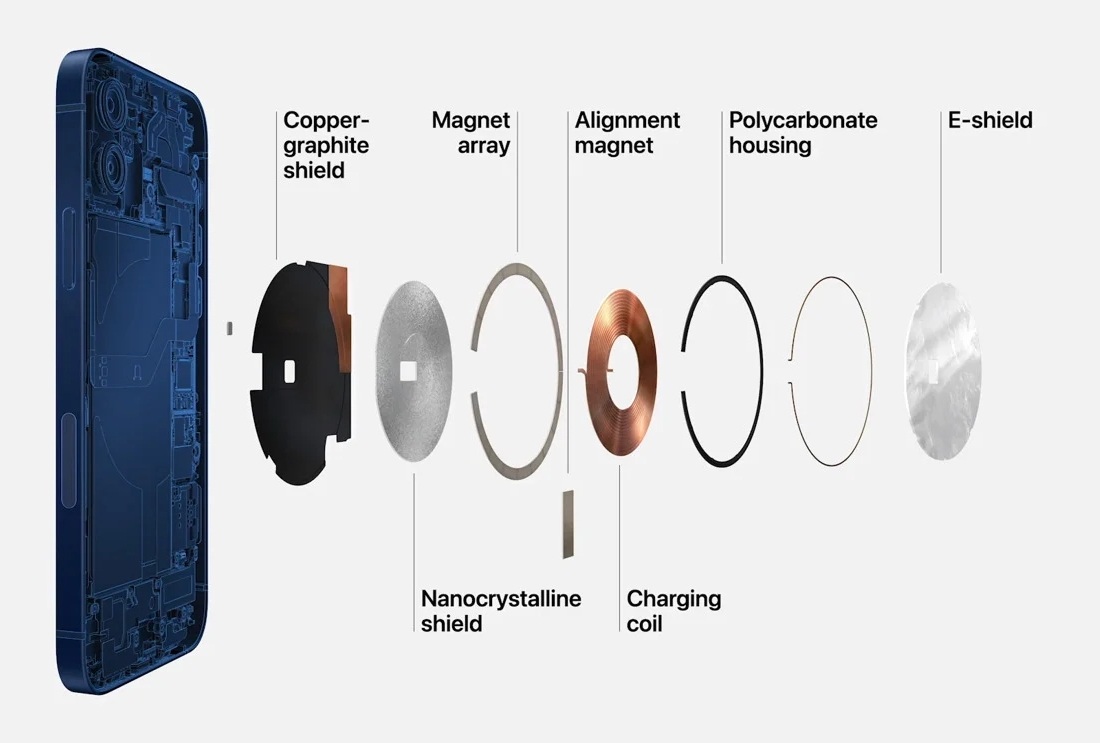
Clever Magnetic Designs
The placement and configuration of magnets are just as important as their material. Modern chargers use innovative designs like:
• Magnetic Rings: A circular array of magnets, with the outer ring as the N-pole and the inner ring as the S-pole, provides strong, reliable alignment. This setup is typical in systems like MagSafe and Qi2.
• Multi-Pole Magnets: Some chargers use rectangular magnets with alternating poles (e.g., N-S-N) to guide devices into position automatically, even if placed slightly off-center.
• Magnetic Shielding: Thin layers of materials like mu-metal prevent magnets from interfering with the charging field or nearby electronics, ensuring safety and performance.
These designs minimize stray magnetic fields, reduce energy loss, and protect sensitive components like credit cards or phone circuits. It’s a testament to the engineering that goes into something as simple as a “click” when your phone snaps onto the charger.
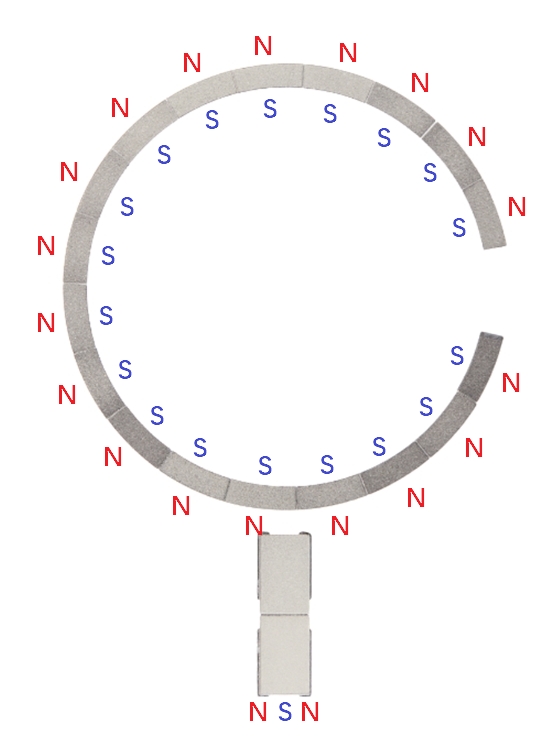
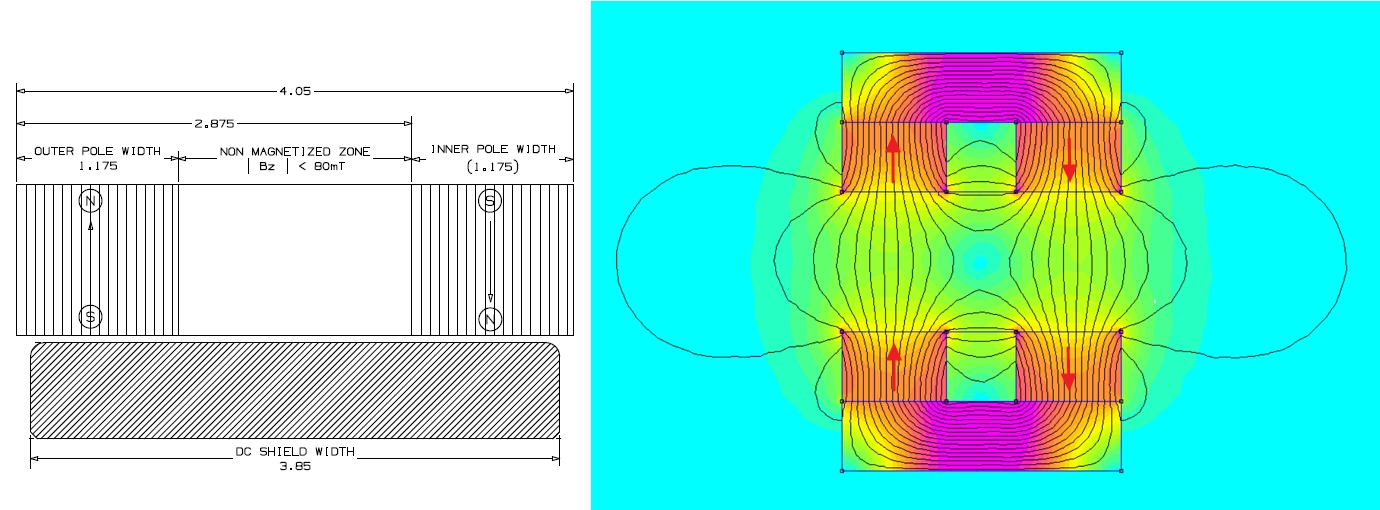
Beyond Smartphones: Magnets in Everyday Tech
Magnetic wireless charging isn’t just for phones—it’s transforming a wide range of devices and accessories. Here are some examples:
Magnetic Charging Cables
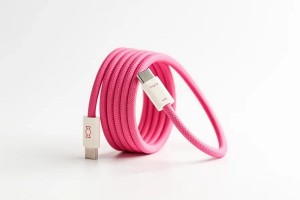
Snap into place for easy connection and tidy storage.
Wallet Attachments
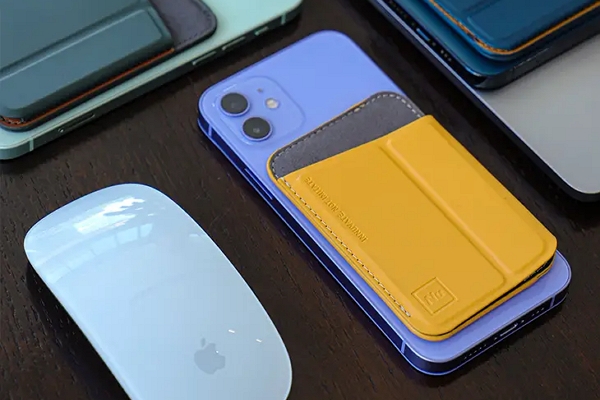
Securely hold cards and cash with a satisfying click.
Portable Power Banks
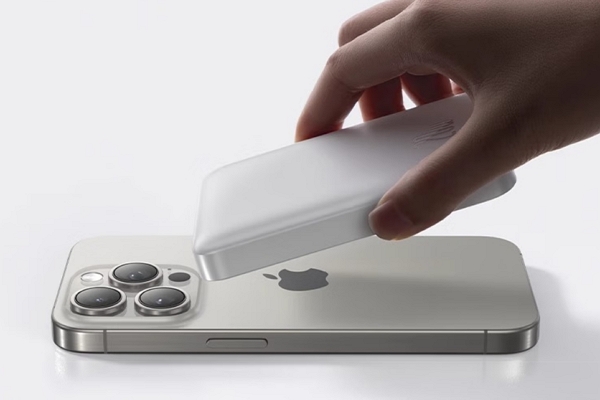
Align perfectly for on-the-go charging.
Car Mounts
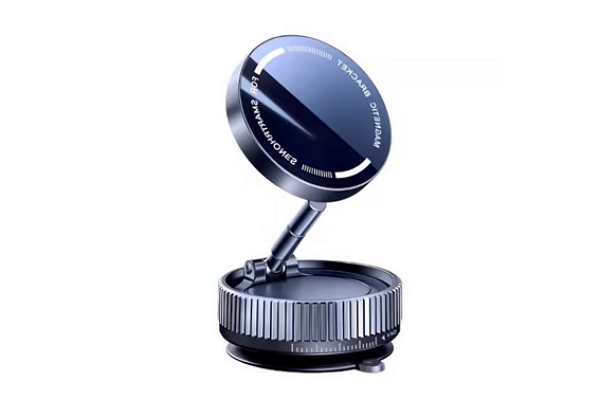
Keep phones stable for navigation, even on rough roads.
Multi-Device Chargers
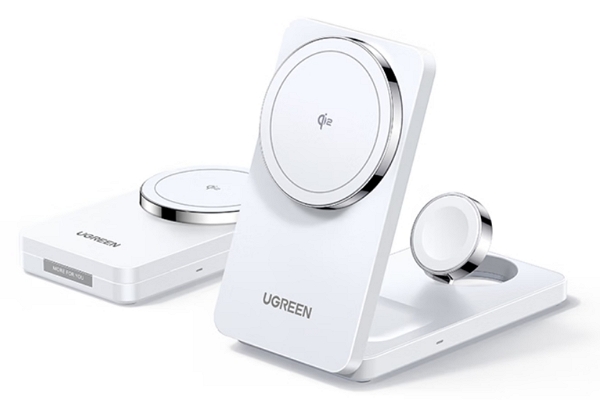
Charge phones, earbuds, and smartwatches simultaneously with precise alignment.
Cooling Fans
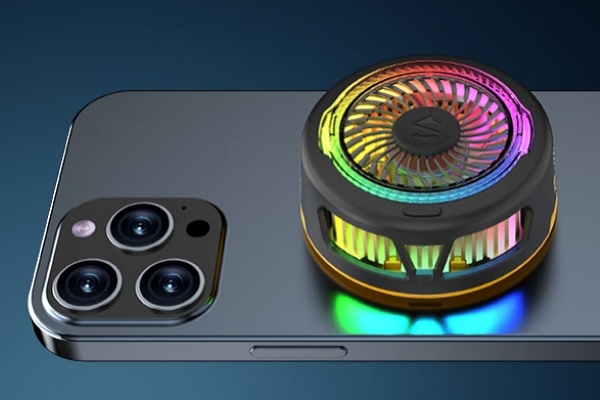
Attach to phones for active cooling during charging or gaming.
Each application relies on carefully designed magnets to ensure alignment, stability, and efficiency. For instance, car mounts use high-temperature-resistant magnets to maintain performance in hot environments, while multi-device chargers use complex magnetic arrays to accommodate different devices.
The Future of Magnetic Charging
As wireless charging evolves, magnets will play an even bigger role. Emerging trends include:
• Universal Standards: The Qi2 standard, inspired by MagSafe, incorporates magnets for broader device compatibility.
• Adaptive Magnets: Future chargers may use electromagnets that activate only during charging, reducing interference when not in use.
• New Materials: Researchers are exploring alternatives like samarium-cobalt magnets for better heat resistance and sustainability.
Challenges remain, such as the cost of neodymium magnets and potential interference with medical devices like pacemakers. However, ongoing innovations are making magnetic charging more accessible and efficient.
Conclusion: Magnets Make the Magic Happen
Magnets may not power your phone directly, but they’re the unsung heroes of wireless charging. By ensuring precise alignment, boosting efficiency, and enabling a range of accessories, they turn a good idea into a great experience. Whether it’s the satisfying snap of a MagSafe charger or the reliability of a car mount, magnets make wireless charging feel like magic—grounded in science.
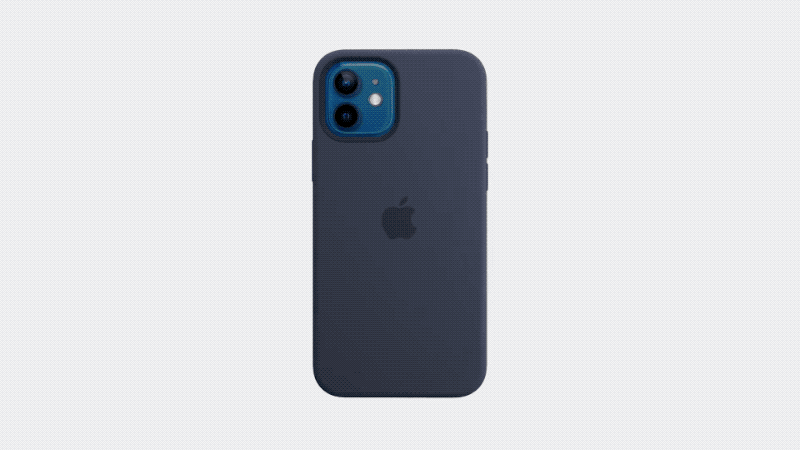
Post time: Jun-09-2025
